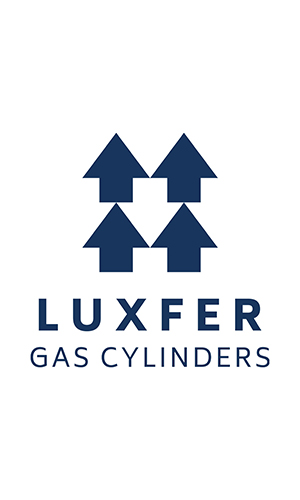Appreciate all the replies- they seem to confirm what I've read, and have given me more reassurance.
I'm going to have the LDS hydro/vip/fill/replace the valve--their upcharges are reasonable and they don't try to upsell me (more than once they've turned me to a used or alternative product they had instead of the shiny new toy in the catalog, when it suited my purposes better). The current valve looks ok, but I'm planning to swap out a pro valve instead of just rebuilding what's on there, and I'll let them do it to stay in their good graces and keep a business that I trust in business.
I doubt that they'll have an issue with the age of the tank itself since it's not a 6351, although I will say that's one aspect of this situation I'm still curious about--the alumininum tank lifespan opinions in the scuba community tend to be based on empirical observations and standard practice instead of hard data, even though there is an actual lifespan limitation due to pressurization/depressurization cycles causing metal fatigue, and oxidative corrosion. That shouldn't be a huge factor here (hasn't had a pressure cycle in 20 years), but I once read about (and for the life of me, I can't find the paper, but I'll post if I do) the opposite problem: sustained load cracks developing even in non-AL6351 cylinders due to prolonged high (>300psi) pressure storage, and an increased rate of oxidation due to the higher ppO2 at higher storage pressure.
I'll let you guys know if they find anything interesting.





